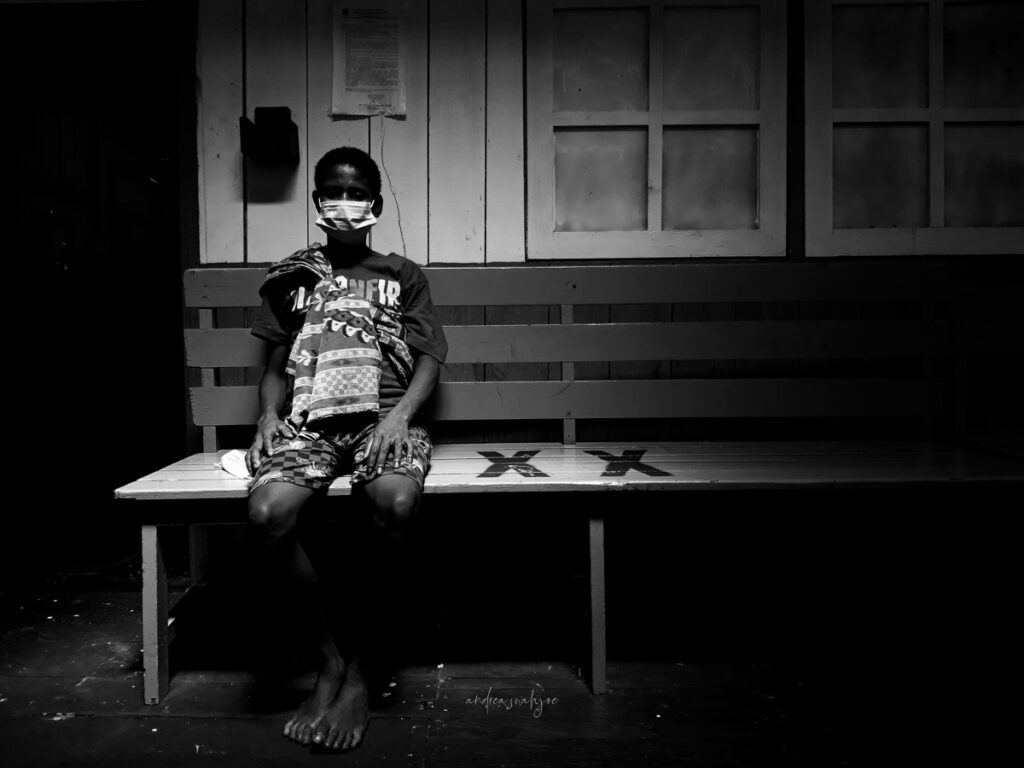SURV!VE

SURV!VE Mama Rafina sells vegetables on the street in Agats city. She is one of the ART therapy patients at the Agats General Hospital. She has been undergoing therapy for over two years. She contracted HIV from her husband, who passed away two years ago. She lives with her two young children in a small hut on the outskirts of Agats. It is not easy for her to survive as a gatherer in the city. It’s also hard for her to live in her home village in Sawa Erma. When she gets sick and needs to go to the hospital, she has to leave before her treatment is finished. “I can’t leave my kids alone; they’re too young,” she said. Mama Rafina still needs support during her ART therapy. “I know I’m sick. It came from my husband. That’s why I have to take medicine every day.” If I forget to take my medicine, I feel sick and have diarrhea. I feel like I’m dying and have to go to the hospital. But I always remember my children. I have to keep living. In Asmat Regency alone, more than 200 people are living with HIV. This is the recorded number, but it could be higher. There are many hard-to-reach areas and limited healthcare facilities in the interior. In Indonesia, Papua is one of the provinces with the highest number of HIV cases. AIDS, TB, and malaria remain significant problems that have not been resolved. The main way HIV is spread in Papua is through sex, both within and outside of marriage. There are still many places in Agats city where prostitution is common, and these are some of the highest-risk places for HIV transmission.
